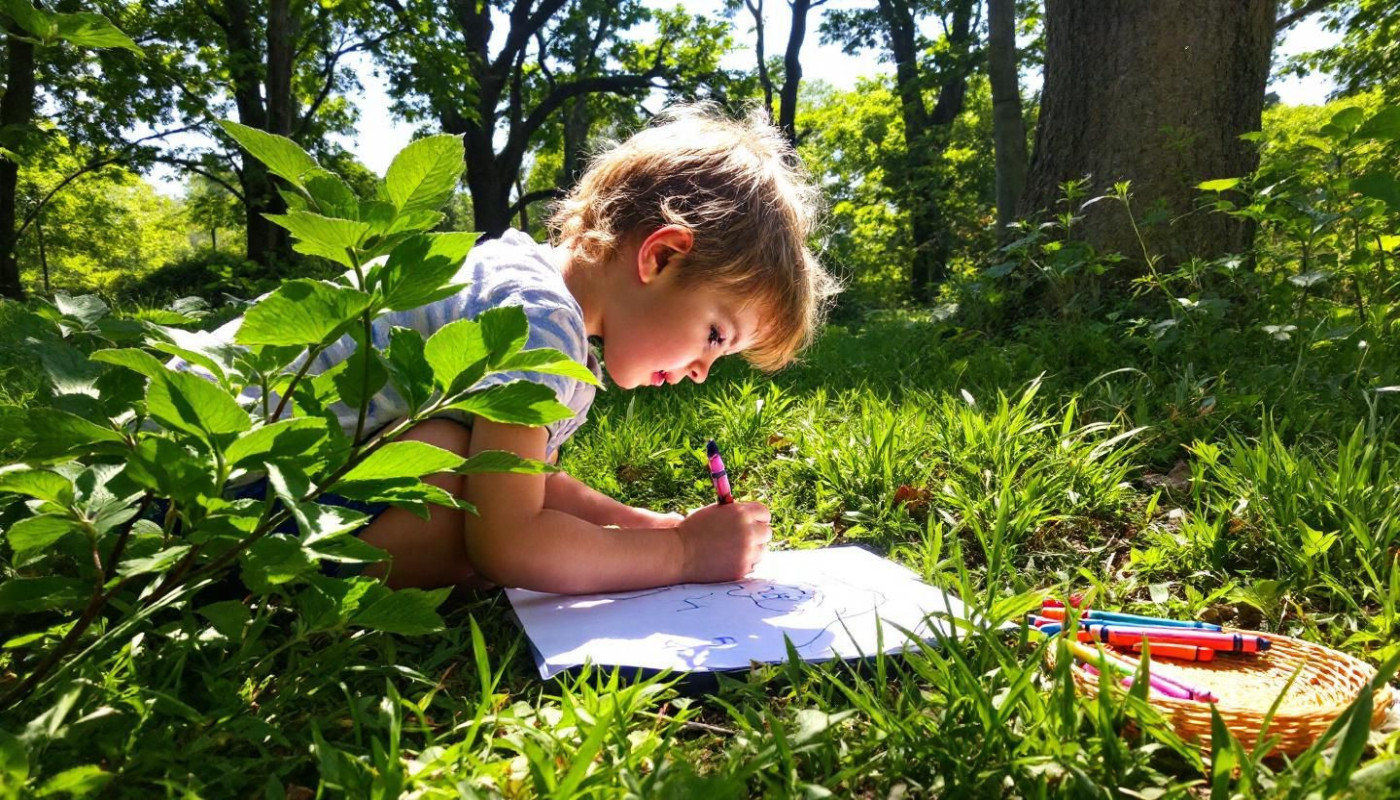Table of contents
Childhood experiences deeply influence emotional well-being, often shaping responses and relationships later in life. For those seeking to support a child's emotional recovery, exploring therapies beyond conventional approaches can open new paths to healing. Delve into the following sections to uncover a spectrum of alternative therapies, their benefits, and how they can nurture resilience and growth in young hearts.
Understanding emotional wounds
Emotional wounds in children often originate from experiences like childhood trauma, neglect, or the loss of a primary caregiver, each leaving a lasting imprint on psychological well-being. According to attachment theory, these early disruptions in a child's emotional environment can impair secure bonding, resulting in long-term psychological wounds. Such injuries may manifest as anxiety, withdrawal, aggression, or difficulty trusting others, all of which can significantly hinder healthy child development. Without adequate emotional support, children may struggle with self-esteem and face challenges in forming stable relationships later in life. Addressing emotional healing early is foundational for fostering resilience, nurturing social skills, and promoting positive mental health outcomes throughout the lifespan.
Art therapy for expression
Art therapy provides children with an invaluable outlet for emotional expression, especially when verbal communication proves challenging. Through creative healing practices such as drawing, painting, and sculpting, young individuals gain a safe space to externalize complex childhood emotions without fear of judgment. These therapeutic activities leverage nonverbal communication, empowering children to process experiences, fears, and memories visually rather than solely through words. Certified art therapists often tailor these activities to each child's developmental stage, using specific mediums to foster trust and encourage open emotional exploration. For families interested in additional strategies to support emotional healing in children, navigate to this web-site for further insights and practical approaches.
Music and sound healing
Music therapy and sound healing play a transformative role in supporting emotional regulation and sensory integration for children. These modalities utilize specific musical elements, such as rhythm, melody, and harmony, to promote child wellness and facilitate emotional release. Instruments like drums, xylophones, and singing bowls are commonly used, harnessing rhythmic entrainment to synchronize a child's internal rhythms with external sounds, which can calm anxiety or elevate mood. Structured activities may include group drumming circles, guided music listening, and interactive improvisation sessions, each carefully tailored to foster a safe environment for self-expression and healing. Music therapists assess individual needs and curate sound-based interventions that not only address emotional challenges but also enhance communication and social skills. For children experiencing difficulty with self-regulation, these evidence-based practices provide accessible pathways to emotional balance and resilience, making music therapy a vital component in holistic child wellness programs.
Movement and body-based therapies
Movement therapy and somatic healing approaches, such as dance therapy, yoga, and mindfulness-based movement, offer unique pathways for children to process emotional challenges. These practices support body awareness and foster childhood resilience by encouraging children to safely express feelings through physical movement. Techniques like dance therapy are guided by professionals trained in kinesthetic empathy, allowing therapists to attune to a child's nonverbal cues and emotional states. This connection can help children develop trust, self-regulation, and emotional literacy. Mindfulness-based movement provides tools to anchor attention in the present, reducing anxiety and promoting a sense of safety. Regular engagement in these therapies cultivates body-mind integration, empowering children to recognize and manage their emotions more effectively.
Nature-based approaches
Integrating nature therapy and eco-therapy into childhood emotional healing leverages the biophilia hypothesis, which suggests that humans have an innate connection to nature that supports psychological well-being. Activities like gardening allow children to nurture living things, providing a sense of accomplishment and improving self-esteem, while animal-assisted therapy introduces supportive animal companions, facilitating emotional expression and reducing anxiety. Outdoor healing through unstructured play in natural environments not only encourages creativity but also builds child confidence by fostering independence and resilience. Regular exposure to green spaces and interaction with animals can lower stress levels and promote positive emotional regulation. These nature-based interventions support holistic development, making them powerful complementary methods alongside conventional therapies for emotional challenges in children.


